The Little Match Girl is among Hans Christian Anderson’s shortest, saddest and most well-known stories. No more than hundreds of words are enough for him to yield the emotional power to make grown men burst into tears. Yet one is not quite ready to imagine this success could be easily duplicated on the stage. After all, strictly speaking, there is only one set—a tiny corner on the street—only one main character and no dialogue at all in the original text.
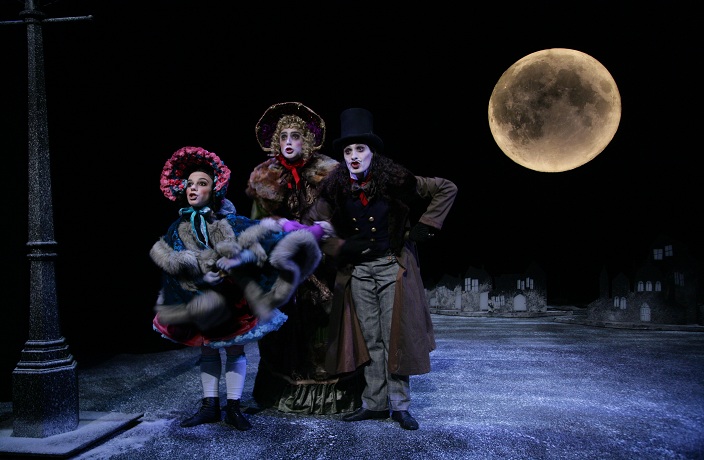
However, prolific and award-winning director and choreographer Arthur Pita made it happen. He gave a touch of magic to his dance show based on the Anderson tale and turned it into a family musical comedy. The Observer says it’s “wonderfully inventive and poignant”. The Guardian's review calls it “an unpredictable delight”, and concludes that “adults should beg, borrow or steal a child to take to this funny and moving production”.
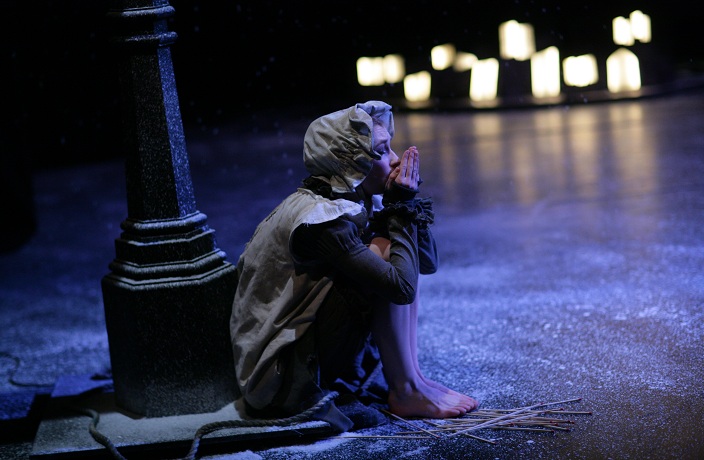
Much of these must be talking about the fantastic twist in the ending: instead of simply being found as a cold body on the street in the Christmas morning, the poor little girl travels up to the moon together with her long-deceased grandmother—so also in heaven, as in the original story—and begins an exciting exploration. Most wonderfully, she helps an astronaut to return home— with a match!! Truly an amazingly smart design that only the real master is capable of.
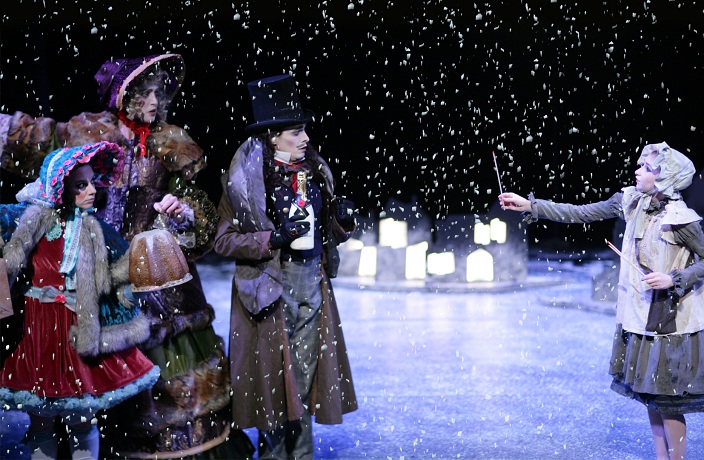
Now let’s see what this London-based Portuguese artist has so say about his marvelous creation.
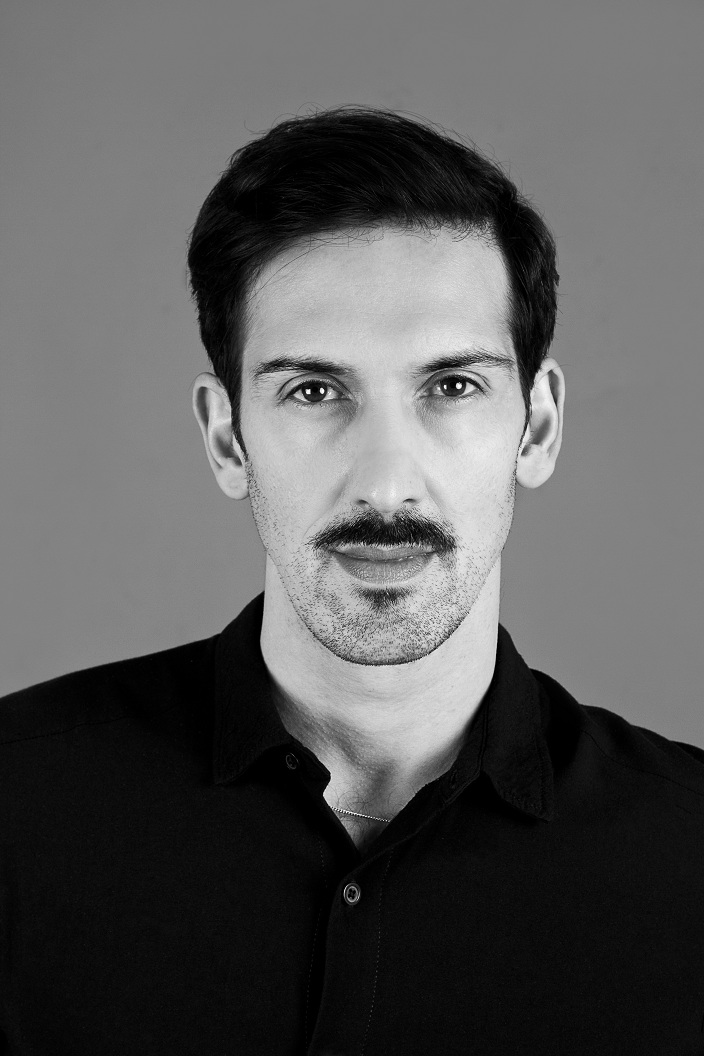
Urban Family: How did the idea of putting The Little Match Girl on stage first come to you? Do you personally hold strong affections towards Anderson’s tales? Are there any other of his stories that you’d love to turn into a dance drama one day if given the right circumstances?
Pita: I have always liked folk tales and fairy tales and there is a long tradition of using them in dance. The Little Match Girl attracted me because we were looking for a story that was suitable for autumn and winter performances and that also contained a message. The darker side of fairy tales appeals to me and in many ways The Little Match Girl is one of Anderson’s sadder stories and that provided us with a challenge in making a piece for the younger audiences.
I haven’t got any plans for a follow-up Anderson adaptation at the moment, but my last piece for the company – Stepmother - drew a lot on the Brothers Grimm tales including Little Red Riding Hood, Rapunzel, Cinderella and Snow White.
Urban Family: Did you decide to rewrite a warm and happy ending for it right away? Where did that wonderful idea come from?
Pita: From the very beginning, we discussed about how to present a work for children in which the lead character dies. We wanted to keep true to Anderson’s story, but also make sure audiences went home feeling uplifted rather than sad. The moon was always a strong visual element in the story and in my vision for the staging, so it seemed like a natural although crazy and funny ending.
Urban Family: Aside from the ending, what other changes of plot did you make to the original story? Why are they important to you?
Pita: We have made much more of the mean unpleasant Donnarumma family and the match boys who threaten the Little Match Girl. I wanted to make it clear that living on the streets is hard, the Little Match Girl is a street-child, but she does have some support from her friend the Lamplighter and the spirit of her Grandmother. It is also important that she fights back against the match boys and the Donnatummas, even though she is outnumbered.
Urban Family: Much of the magical atmosphere seems to be generated directly from Yann Seabra’s stage design. Which part of his work impressed you the most and why?
Pita: Yann and I have been working together for a long time. We are friends as well as work colleagues, so we spend a lot of time talking about the visual aspects of projects. Yann has done a fantastic job on the set and costumes for The Little Match Girl, as he has for many of my shows. Although the set is more complex than many contemporary dance productions, I feel it succeeds through the contrast between the very simple and effective set elements and the details and richness of the costumes.
Urban Family: Why do the actors have to sing and talk in Italian? Wouldn’t it cause a problem for the audience who don’t understand the language?
Pita: I am often asked this question. The reason for putting the language into Italian was to underpin the strength of the physical storytelling. Scripts can often distract from the story. Although the characters in The Little Match Girl sing and talk, the audience does not need to know exactly what they are saying to understand what is going on. We have never performed to an audience where more than a very few speak Italian and it’s never been a problem.
Urban Family: In the layman’s eye, the story of the little match girl--as well as Kafka’s Metamorphosis--doesn’t seem to have much potential to be shown with dances. Please tell our readers, do you see everything pregnant with its own matching dance? Do you see behind every story worth-telling a dance-theatre version?
Pita: I am very committed to making dance-theatre, so I am always on the look-out for stories that intrigue or inspire me. I have never been interested in making contemporary dance that doesn’t have a strong narrative. For me both Metamorphosis and The Little Match Girl contain very strong physical and visual elements – such as the insect’s movement in Metamorphosis and the shivering cold of The Little Match Girl, which make them very suitable for interpretation as dance. But of course, they are also enormously compelling stories with a lot of emotional and intellectual weight. I am not sure I see a dance in absolutely everything, but I always think a compelling, dramatic story is perfect raw material.
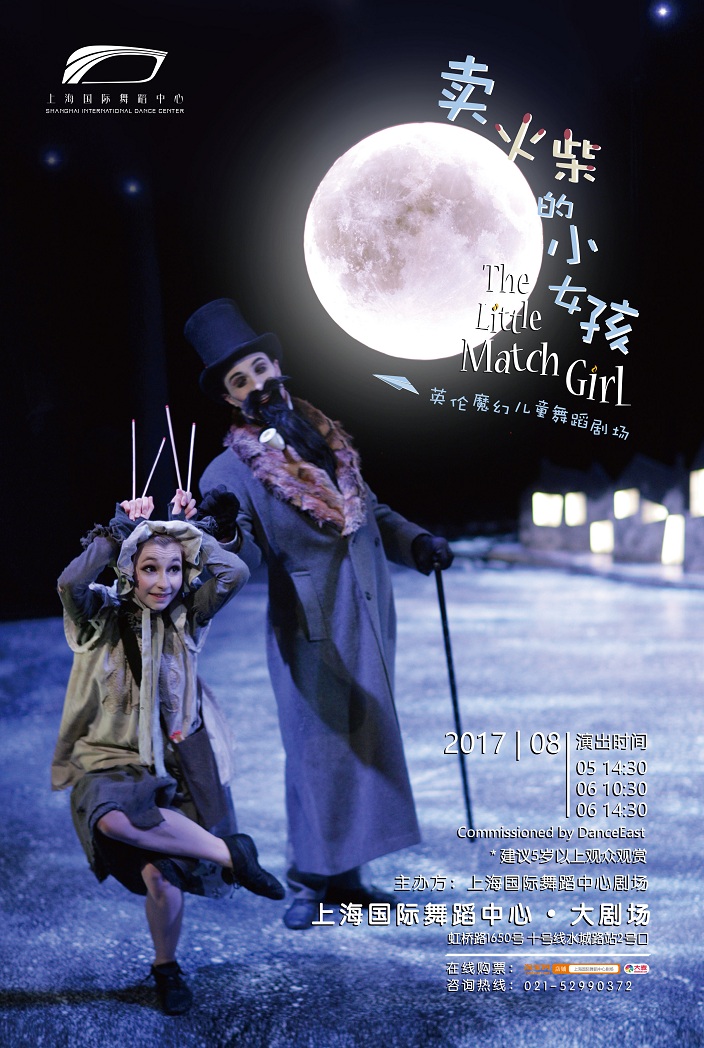
RMB80-580, Aug 5, 10:30am, 2:30pm; Aug 6, 2:30pm, Shanghai International Dance Center.
Click here to book now!

















